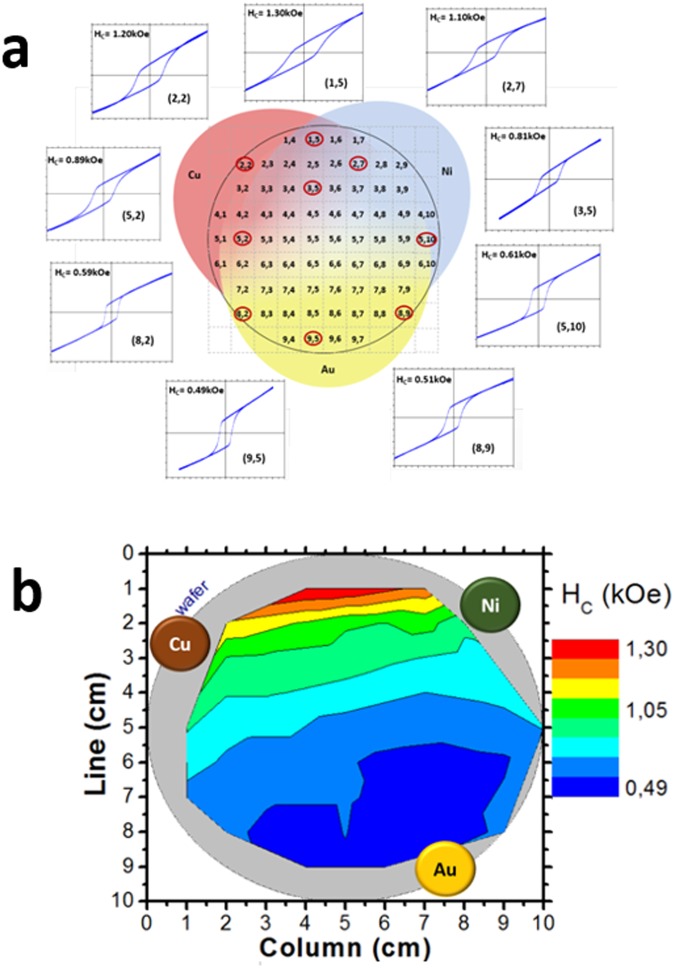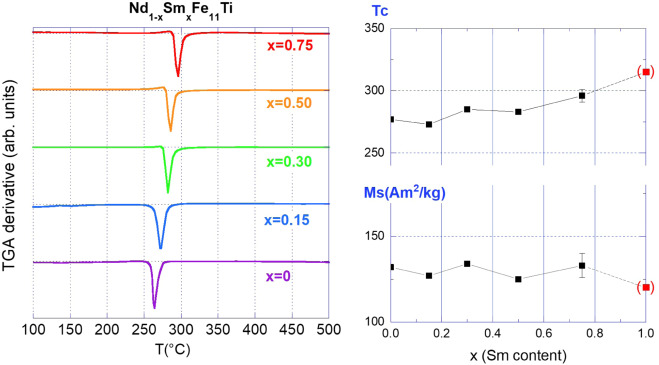Rare-earth Transition-Metal Permanent Magnets
Developed in the 1970s and 1980s, rare-earth magnets are the strongest permanent magnets available and are crucial in many applications, including energy efficient devices critical for mitigating climate change. Rare Earths (RE) are classed as Critical Raw Materials and as such reduction in the demand CRMs is a European policy goal that demands immediate action. Currently the demand for these PMs is growing with the emerging markets of hybrid/electric vehicles and wind generation power systems. In our laboratories a range or projects are carried out, in collaboration with our research partners, with this goal in mind. These projects include the design of new High Entropy Alloys (HEAs) and new phases driven by automated large computational screening of new and novel intermetallic compounds with uniaxial structure in order to achieve high saturation magnetisation, magnetocrystalline anisotropy and Curie temperature. Simulations allow a primary screening to detecting mechanisms that may give rise to distorted phases stabilized through the addition of doping atoms. Further computation, micromagnetic calculations, are carried out on successfully synthetized compounds to optimize the microstructure to maximise the coercivity.
Another interesting class of hard magnetic materials for PM applications as are the fct L10 alloys e.g. the fct L10-FeNi alloy is a promising candidate. However, this phase is metastable, making its fabrication extremely challenging. Combinatorial techniques are employed (Combinatorial Sputtering) to tune the lattice constant and tailor the lattice mismatch with an FeNi film top layer using appropriate seed layers. High-Throughput characterization is then used to rapidly characterize the range of compositions used. This research identified the fct L10-FeNi alloy as having prospects as a permanent magnet material.
G. Giannopoulos et al. “L10-FeNi films on Au-Cu-Ni buffer-layer: a high-throughput combinatorial study”. Scientific Reports 8, 15919 (2018)

The desire to reduce RE content has also renewed interest in low RE content phases such as compounds with the tetragonal ThMn12 structure to investigate their potential as PM materials. One candidate material is the NdFe11Ti phase. This material has a high magnetization but low RT anisotropy. Research to mitigate this using Sm doping as an alternative to nitrogenation.
